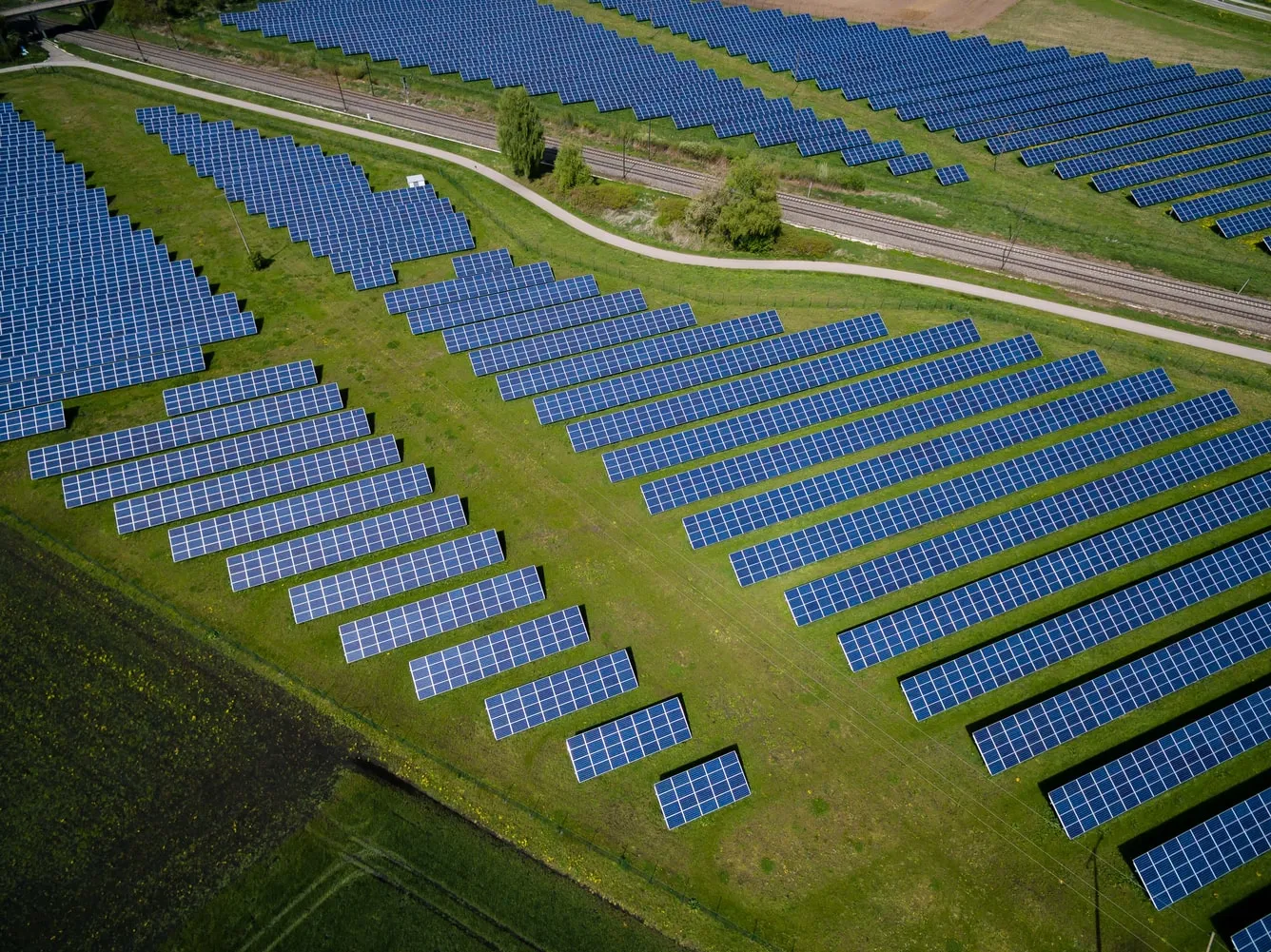On 3 April 2025, the European Parliament adopted a resolution outlining a forward-looking strategy to decarbonise Europe’s energy-intensive industries (EIIs), marking an important milestone in the EU’s evolving approach to its industrial and climate policy. Though non-binding, the resolution—previously endorsed by the Industry, Research and Energy (ITRE) Committee—underscores the mounting challenges faced by the EU’s industrial sector, including the energy price gap with China and the US, competitiveness concerns, risks of carbon leakage, and increasing regulatory pressures. While it does not carry legal weight, the resolution signals a broad consensus within Parliament on key actions needed to safeguard energy-intensive industries while meeting the EU’s climate targets. This consensus can influence future binding legislation or funding decisions.
The resolution specifically addresses industries such as steel, chemicals, cement, and glass as they are among the hardest to decarbonise due to their high energy demands and process-related emissions. In recent years, they have been particularly vulnerable to energy price shocks and, unlike less energy-dependent firms, have yet to recover their profit margins—even after energy prices eased in 2023.[1]
Building on the momentum of key 2024 policy frameworks—such as the Draghi Report on European competitiveness, the Letta Report on the future of the single market, and the European Commission’s Clean Industrial Deal and Action Plan for Affordable Energy—this resolution collates the Parliament’s widely agreed measures to protect Energy-Intensive Industries while achieving climate targets.[2]
Important measures outlined in the Resolution:
Scaling Best Practices and Reducing Energy Cost Exposure for Energy-Intensive Industries
- The resolution urges the European Commission to assess the potential for scaling successful practices, such as Italy’s energy release scheme, to support energy-intensive industries (EIIs).[3]
- Calls for strategies to reduce EIIs’ exposure to rising energy costs, including:
- Reducing taxes and levies.
- Harmonising network charges across the EU.
- Ensuring adequate public investment in energy grids.
Stabilising Energy Costs Through PPAs and CfDs
- The resolution advocates for the use of long-term power purchase agreements (PPAs) and Contracts for Difference (CfDs) to provide price stability for energy-intensive industries.
- Aims to shield businesses from energy price volatility and ensure the benefits of cheaper renewable energy are passed on to consumers.
Streamlining Permitting Processes
- The resolution calls for the acceleration of permitting and licensing for clean energy projects across Member States.
- Emphasises the need for adequate administrative capacity to handle these processes efficiently.
- Urges streamlined grid connections for on-site clean energy generation, particularly in remote areas.
- Highlights the need for significant investments in grid infrastructure, storage, flexibility, and distribution networks to support the growth of renewables and electrification.
- Calls for the European Commission to explore solutions beyond the current “overriding public interest” framework to speed up decarbonisation efforts.
Reinforcing Trade Defences to Protect Strategic Industries
- The resolution seeks enhanced protection for European industries from unfair global competition, particularly from countries with subsidised overcapacity and lower environmental standards.
- Calls for better enforcement of existing trade defence measures.
- Advocates for long-term solutions to ensure a level playing field, especially in sectors such as steel, chemicals, and cement, which are vulnerable to import pressures.
Effective Implementation of the Carbon Border Adjustment Mechanism (CBAM)
- The resolution emphasises that CBAM must be properly implemented to create a level playing field for EU industries and avoid carbon leakage.
- Notes the need to consider how the parallel phase-out of ETS free allowances might raise production costs.
- Urges the Commission to tackle risks like resource shuffling and attempts to bypass CBAM rules.
- Calls for a practical solution to support EU exporters under the new system.
- Recommends a thorough impact assessment before expanding CBAM to new sectors or downstream products.
Eurelectric’s response to the resolution
Eurelectric has welcomed the European Parliament’s resolution, highlighting its clear commitment to decarbonisation and the need for significant investment in electrification, including grids, storage, and flexibility. The resolution’s focus on enhancing energy system integration, promoting pumped-storage hydropower, and supporting flexibility through CfDs and PPAs was also positively received by Eurelectric.
However, Eurelectric has raised concerns about the inclusion of alternative market design options and the removal of language calling for a swift phase-out of natural gas. The absence of an Electrification or Decarbonisation Bank and concerns over the EU Carbon Market’s transparency were also noted.
While the resolution is not seen as a major breakthrough, Eurelectric believes it will influence ongoing discussions on industrial competitiveness and decarbonisation. The EAI as part of Eurelectric will continue to monitor initiatives such as Italy’s Energy Release scheme, which offers low-cost clean electricity to industry while incentivising green power generation.
[1] Obstacles to the greening of energy-intensive industries
[2] For the full text, use the following link: MOTION FOR A RESOLUTION on energy-intensive industries | B10-0209/2025 | European Parliament
[3] Energy Release 2.0 is a scheme designed to encourage energy-intensive companies to set up renewable electricity generation capacity. It works by giving these companies a 36-month advance period, during which the GSE sells energy to them. In return, the companies commit to building renewable plants that will provide the anticipated energy over the next 20 years. For more information visit: Energy Release 2.0: the energy anticipation measure

